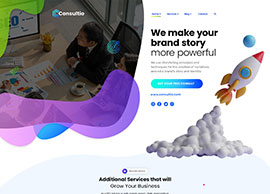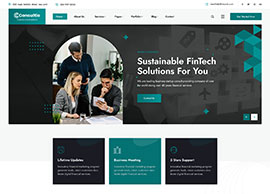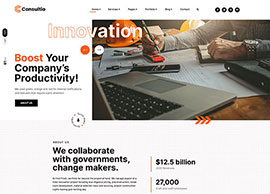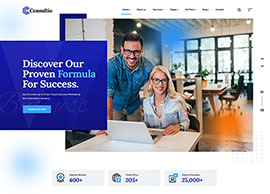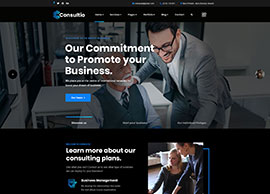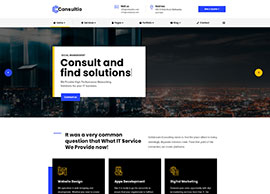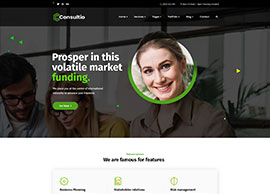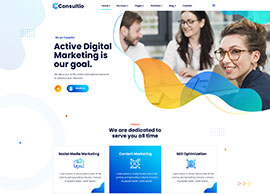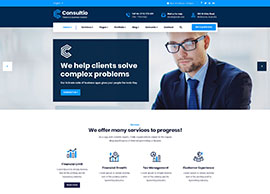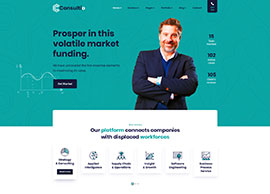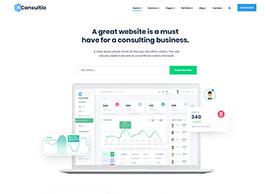The purpose of this article is to give you all of the information that you will need to select the right folder inserter for your organization. I realize that many of these articles are from someone who works for a specific company, trying to gear you towards their products. I run an independent consulting firm with no alliances with any vendor. I did however sell these units and ran the national product line for one of the two main suppliers in the tabletop space.
The inserter market is broken out into three segments, primarily based on mail volumes as you can see from the chart below.

Here are the items you need to consider when selecting the right system:
- Monthly Volume – All units have a specific maximum monthly volume they can process. In my experience most organizations do not come close to this number, but it needs to be looked at. Service contracts may become void if these volumes are exceeded and you could experience increased service calls and downtime.
- Machine Speed – Many units are compared based on speeds that run from 900-33,000 pieces per hour. Keep in mind that this is the cycle speed and that actual outputs will depend on many factors, such as number of pieces being inserted, the complexity of your applications, as well as stalls and paper reloads. As a rule of thumb, cut down these speeds by 30% to derive what you can expect in your environment.
- Mail Piece Requirements – This is the most important item in selecting a unit. Make sure you know the following about your mailings:
- How many sheets? – Individual sheet feeders can typically pull multiple pieces, but often times this is not how the documents are prepared. Let’s say you have an invoice and a separate advertising piece. Typically, these are not printed in the same run and would require a second sheet/insert feeder to process into the envelope.
- How many inserts? – Inserts are items that do not require folding such as a return envelope or small advertising pieces. These typically need to be loaded into separate designated feeders although some tabletop units have interchangeable feeders.
- Do you need intelligence? – I know this sounds funny, but many units can be configured with a scanner that can read markings on the printed documents. These markings are either optical marks (OMR) or barcodes that tell the inserter how many pieces to collate together prior to folding and inserting. This is very important for organizations sending out invoices and statements that could have varying page lengths. It also provides a higher level of security that the document is not getting into the wrong envelope.
- How does it collate? – If you have multiple pages being pulled from one feeder, you need to make sure that the unit will collate them prior to folding. Most units do this, but it is something you need to validate, otherwise each page could fold individually, making it difficult for the customer to read. Also, if you are adding inserts, are they nested within the document or outside of the fold on its own?
- Where is the Address? – If you are using window envelopes, you need to make sure your unit can do the right fold to be able to get the address into the right spot. Most of the time the address is at the top of the document and it is not an issue. The problem comes when the address is on the bottom panel as you will see at times with accounts payable and payroll checks. Higher end units will be able to accommodate these types of documents by turning them in the unit. For other models, you can order reverse flap envelopes (The opening is on the bottom vs. the top) but these can be more expensive.
- Do your material sizes meet the vendor requirements? – The majority of media going through these systems are standard size paper and envelopes, but they can work with different size materials. Have the vendor test your samples to make sure they run and are within the unit’s specifications. This is imperative with the envelopes. The flap, opening and design can have huge impact on how well the unit performs. Also, you typically need at least ½” of clearance (1/4” on each side) between the document and the envelope, so when the machine opens the flap, the piece can slide in easily. The biggest offender of this is invitation style envelopes, which may be custom and often do not meet standard specifications.
- Location Requirements – Make sure that the physical requirements of the unit you select will work in your environment. Consider these items prior to ordering a unit:
- Will the unit fit in my space? – These systems can get large and you need to make sure your room can handle the unit. Add a few extra feet for space for loading and unloading paper and envelopes when operating.
- What will the unit sit on? – Smaller units are flexible, but medium and larger systems may require their own customized table. This is because they are heavy and need a good support system that will not sway when the unit is running. Also, these tables may be on casters so the unit can be wheeled back when serviced. Since these units are tall, make sure your table can be adjusted to the right height to making it workable for your staff.
- How much noise will it make? – These systems are running mail at thousands of pieces per hour and can get loud. I do not recommend putting them near a reception desk. Also make sure that the location will not disturb nearby staff.
- Mail Run Data File Compliant (MRDF) – One of the biggest trends in the inserter market is moving production features into the tabletop space. The one that everyone should consider for applications with sensitive information, is being able to use MRDF files. To do this you need a software program that is formatting your documents with barcodes that can be read on the inserter. A file from this software is electronically fed to the inserter. When the mail is being run through the inserter, the barcode on the page is being scanned and matched to the data file. The inserter now knows which piece is being inserted, if there is a stall, what reprints are needed and can validate that every envelope has been completed accurately. There is now a file that shows proof of what happened in the inserter and can be used for compliance and quality control. You can compare this to inserting done without these files where all the inserter knows is the number of pages to insert based on scanning a barcode.
- In-Line Envelope Printing – Window envelopes are the standard for any personalized mail because it is easy and inexpensive. Up until now, only high-end production units had the ability to put an in-line envelope printer at the end of the inserter. This is changing and two of the vendors are now adding these features into lower end systems.
The benefits of this feature are:
- You can use closed face envelopes that can be less expensive.
- You can have more flexibility over your documents because you do not need the inside address to line up to a window.
- You can make the piece look more personal with different fonts, sizes and messages and
- It can provide significantly more flexibility in what you are able to send.
7. Latest Features – Do you need the latest features included in your system?
- Touch screen user interfaces that are simpler for the operators and provide increased features.
- Network connectivity to the inserter allowing diagnostics, software updates, and data exchanges to monitor activity remotely.
- Web Services – The vendors are trying to increase the flexibility of their solutions and provide ways to do the following:
- Data Enhancement – This could be as simple as adding barcodes do your document to be to read on the inserter or redesigning the document to optimize print and postage.
- Routing Print – By manipulating the print file, software can send the documents to the inserter, to a different location closer to the final destination, to third party mail service providers or e-delivery.
- Data Storage – With the print file they can now store each final piece as a separate PDF that can be retrieved on premise or off. This could help reduce items that need to be mailed or can work with your e-delivery objectives.
8. System Complexity – Make sure the unit is simple for your staff to run or that the vendor provides detailed training with future resources made available as needed.
9. Financial Considerations – These are the main items to consider to make sure you get the best deal on your system:
- Bid Between Two Vendors – You will always get the best rate when you leverage your purchasing power between two players. In some cases, they may be selling similar machines branded under different names.
- Purchase vs. Lease – Under normal use, these systems can last longer than a typical 3-5-year lease period and you may save money overall with a purchase. On the other hand, the vendors may have more flexibility in pricing around leases. It is a good idea to get pricing for both and compare over your time horizon.
- New or Remanufactured – You may want to consider remanufactured units if they are updated by the original equipment manufacturer and have a documented process for rebuilding. Validate that you will receive the same warranties and maintenance agreements as you would with new equipment.
10. Vendor Support – Once these units are set up in your operation, they are relied on and disruptions in service can create huge internal bottlenecks. I have a customer whose only job is 30,000 statements at the end of the month. If the machine goes down it can significantly impact their cash flow. Make sure that you get references from other local customers from your supplier and inquire on the service response times and ongoing support history.
Hopefully this article was a helpful reference guide on what to look for with when selecting an inserting system. After working with thousands of customers, these are the main areas that made the difference to our clients and got them the system that was right for their needs.






